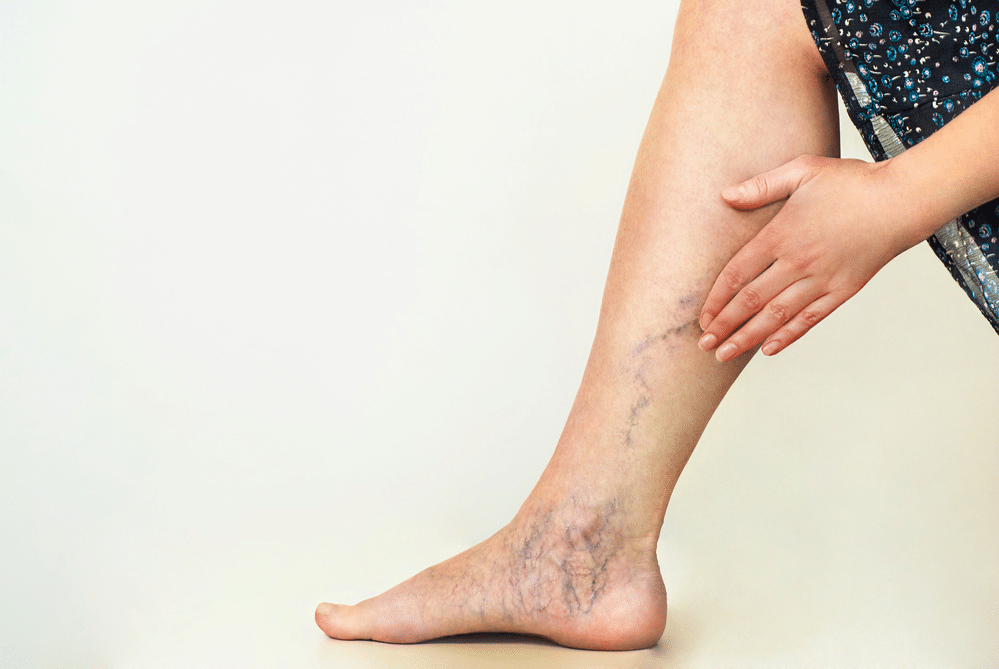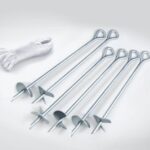Varicose veins are more than just a cosmetic issue; they can impact your health and quality of life. Fortunately, there are effective treatments available, and understanding them is the first step toward healthier legs. Whether you’re suffering from discomfort or seeking to improve your leg’s appearance, this blog post will guide you through everything you need to know about varicose vein treatment.
Understanding Varicose Veins
Varicose veins occur when veins become enlarged, dilated, and overfilled with blood. They often appear swollen and raised, with a bluish-purple or red color. Although commonly found in the legs, varicose veins can develop in other parts of the body. But why do they form?
The primary cause of varicose veins is faulty valves within the veins. These valves are responsible for preventing the backward flow of blood. When they become weakened or damaged, blood can pool inside the veins, causing them to enlarge. Factors such as genetics, obesity, prolonged standing, and pregnancy can increase the risk of developing varicose veins.
Signs and Symptoms of Varicose Veins
Recognizing the signs of varicose veins early on can lead to more effective treatment. Common symptoms include visible veins that appear twisted and bulging, often resembling cords. Affected individuals may experience aching or heavy legs, especially after physical activity or at night.
Other symptoms can include swelling, throbbing, and itching around one or more veins. In severe cases, varicose veins can lead to skin discoloration, hardening of the vein, or ulcers near the ankle area. It’s crucial to address these symptoms before they escalate.
Health Risks Associated with Varicose Veins
While varicose veins are often seen as a cosmetic concern, they can pose serious health risks. Chronic venous insufficiency (CVI) is a condition where veins struggle to send blood back to the heart, which can be exacerbated by untreated varicose veins.
Additionally, varicose veins can lead to blood clots or deep vein thrombosis (DVT), a condition where blood clots form in deeper veins. If a clot breaks free, it can travel to the lungs, causing a potentially life-threatening pulmonary embolism.
The Importance of Seeking Treatment
Treating varicose veins is not just about aesthetics; it’s about maintaining your overall health. Early intervention can prevent complications and improve symptoms significantly. Ignoring the condition can lead to progression, making future treatment more complicated and risky.
Consulting a specialist can provide you with a tailored treatment plan. Medical professionals, such as those at specialized vein clinics, can offer a thorough evaluation and recommend the most appropriate intervention based on your specific needs.
Non-Surgical Treatment Options
For those seeking non-surgical options, there are several effective treatments available. Compression stockings are often the first line of defense. They help improve circulation and reduce symptoms by applying gentle pressure to the legs, encouraging blood flow back to the heart.
Lifestyle changes, such as increasing physical activity and elevating the legs, can also alleviate symptoms. Weight management plays a key role in reducing pressure on the veins, which can be beneficial for those with varicose veins.
Minimally Invasive Procedures
For more significant cases, minimally invasive procedures are available. Sclerotherapy involves injecting a solution into the varicose vein, causing it to scar and close. Over time, the vein fades from view. This method is effective for smaller varicose veins and spider veins.
Endovenous laser treatment (EVLT) is another option. It involves the insertion of a laser fiber into the vein. The laser delivers heat, closing off the vein, which is then gradually absorbed by the body. This procedure is particularly effective and boasts a short recovery time.
Surgical Treatments for Varicose Veins
In some cases, surgery may be necessary, especially for large varicose veins. Vein stripping and ligation is a procedure where the affected veins are tied off and removed through small incisions. It’s often performed under general anesthesia and requires a longer recovery period.
Another surgical option is ambulatory phlebectomy. This procedure involves removing smaller varicose veins through a series of tiny punctures in the skin. It’s usually conducted under local anesthesia and allows patients to return home on the same day.
Post-Treatment Care and Recovery
Regardless of the treatment type, proper post-treatment care is critical for successful recovery. Patients are often advised to wear compression stockings to support healing and maintain improved circulation. Avoiding prolonged periods of standing or sitting is recommended, as is engaging in light physical activity.
Monitoring for any signs of complications, such as increased pain, swelling, or infection at the treatment site, is essential. Regular follow-up appointments with your healthcare provider can ensure the treatment’s effectiveness and address any concerns promptly.
Lifestyle Tips for Preventing Recurrence
Preventing new varicose veins from forming is an ongoing process. Maintaining a healthy weight and staying active are fundamental practices. Simple activities like walking, swimming, or cycling can enhance circulation and strengthen the leg muscles.
Elevating your legs during rest periods and avoiding high heels and tight clothing can also contribute to healthier veins. It’s important to manage risk factors and implement changes that support vascular health in the long term.
Exploring Advanced Technologies in Vein Treatment
Advancements in technology have improved the efficacy and safety of varicose vein treatment in Houston. Radiofrequency ablation is a technique that uses radio waves to heat and close off varicose veins. It’s similar to EVLT but uses a different energy source.
VenaSeal is a newer method involving a medical adhesive to close the vein. It doesn’t require heat or anesthesia, and recovery time is minimal. Such innovations offer promising alternatives for those seeking less invasive solutions.
Finding the Right Specialist for Varicose Vein Treatment
Choosing the right specialist is crucial for successful treatment outcomes. When selecting a healthcare provider, consider their credentials, experience, and patient reviews. A specialist with expertise in vascular conditions can provide comprehensive care and personalized treatment plans.
Visiting a vein clinic can offer access to specialized equipment and a team of professionals dedicated to treating venous disorders. Building a strong patient-doctor relationship ensures that your concerns are heard and addressed effectively.
Conclusion and Next Steps
Varicose veins need not be a burden on your health or confidence. By exploring the available treatments and making informed decisions, you can restore comfort and vitality to your legs. If you’re experiencing symptoms or seeking to enhance your leg health, consult with a vein specialist today.
For more information and support, consider visiting a reputable vein clinic, where specialists are ready to assist you on your path to recovery. Remember, healthier legs are just a step away.







